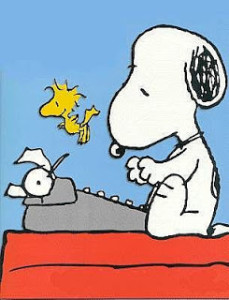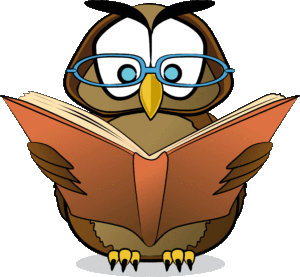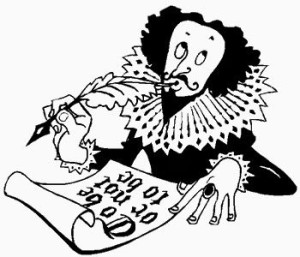Writing for Children and Young Adults: Course Content
Week One
This writing for children course begins with a look at ways to get started as a writer and get organized in order to pursue your writing for children to its full potential. We’ll also cover some of the ways you can spark your creativity and stay motivated with your writing.
Welcome and course outline
Starting out as a writer
Creating time and space for your writing
Writers block
Week Two
We’ll examine where writers get their ideas from and how they turn these into stories. We’ll also look at how important it is to edit and revise your work and the need for writers to engage in planning and create outlines.
Readings
Where do ideas come from?
 The importance of editing and revision
The importance of editing and revision
Assignments
Assignment 1: Spectacular story starters – Making a mystery
Week Three
Research plays an important role in certain types of stories, such as historical fiction, but also in creating realistic settings for your stories. This is also an important element to consider when writing for children and young adults. We’ll also look at some of the most common elements of children’s stories.
Readings
The importance of research
Writing for children and young adults
Week Four
Explore the many methods of creating strong characters, including names and personality features that make them more realistic and believable. We’ll also examine ways to create dialogue that makes your characters come to life.
Naming your characters
Dynamic dialogue
Assignments
Assignment 2: Creating Characters
Assignment 3: Dynamic Dialogue – Bringing Characters to Life
Week Five
Create a story based on your impression of a picture. Also learn how to create a short, yet compelling, back cover synopsis for your story.
Assignments
Assignment 4: Every picture tells a story – Ideas from pictures
Assignment 5: Back covers
Week Six
Compose the first attention-grabbing chapter of your story to really hook the reader and make them wish to continue reading.
Using the story idea generated from Assignment 4, learn how to create a short, yet compelling back cover synopsis for your story. You’ll also compose the first attention-grabbing chapter of your story to really hook the reader and make them wish to continue reading.
Assignments
Assignment 6: Hooking the reader





